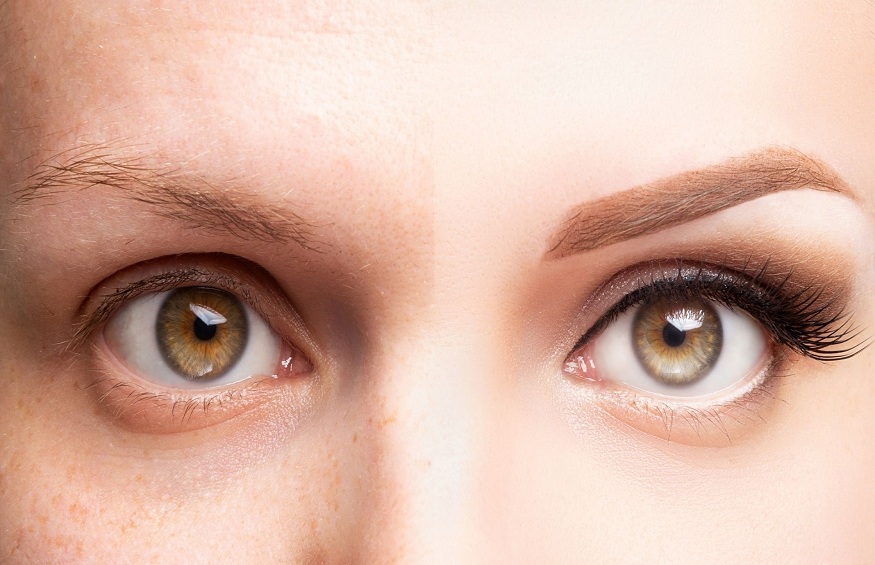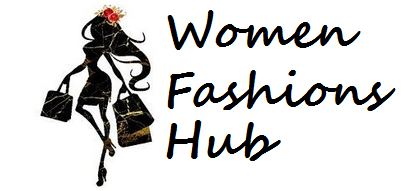If you have thin or light-coloured brows, or if you suffer from one of the various medical problems that cause brow hair loss, such as alopecia, microblading may appear to be a dream come true.

Microblading is a semi-permanent cosmetic tattoo technique that fills in thin brow areas to make them appear organically larger. The treatment is applying a line of semi-permanent pigment under the skin with a bladed tool.
Microblading creates a natural-looking feathery brow that can last up to three years; however, more frequent touch-ups are required every 18 months.
Although the treatment can take up to two hours, most people report slight pressure or discomfort and less pain than a regular tattoo because a numbing cream is used. Of course, your tolerance to pain will play a role in this. Some discomfort or agony should be expected.
If you’re thinking about getting microblading, do your homework. Request to see samples of their work. Ascertain that the technician will use topical numbing cream on the brow area to aid lessen pain.
You can do a few things to reduce pain and oedema following the surgery.
Is microblading brows painful?
Microblading, as the name implies, is the process of creating hundreds of microscopic cuts on your brow line. These little wounds, similar to tattoos, break the skin, which is subsequently filled in with a pigment.
Before beginning the treatment, most practitioners will administer an anaesthetic to numb the area. So, rather than feeling pain from the blade cutting, you’ll likely only feel pressure from the microblading tool on your face or a scratching sensation.
You may also hear loud scratching or crunching sounds during the operation, similar to feet crushing on compacted snow.
If no anaesthesia is given or you have a low pain threshold, the agony will be severe. It may feel as if something is scratching the skin repeatedly. Before beginning the operation, discuss the usage of anaesthesia with your practitioner.
It may take up to 30 minutes for the numbing cream to take effect. As the treatment progresses, your practitioner will create cuts on top of or near existing cuts. As a result, your skin may get inflamed or burnt, similar to a sunburn.
The practitioner may alternate between moving from one brow to the other. During this period, they may apply additional anaesthesia to the resting brow.
While some little discomfort and skin irritation are to be expected, you may be able to reduce the soreness and irritation experienced during microblading by taking the following procedures before your appointment:
- On the day of the surgery, avoid caffeine and alcohol.
- For a few days before the surgery, avoid tanning or sunbathing.
- Avoid plucking or waxing your brows for a few days before the surgery.
- Avoid chemical peels, laser treatments, and other facial treatments for a few weeks before the procedure.
- Before beginning, discontinue vitamin A (retinol) for a month.
Pain after a microblading operation
Following a microblading operation or eyebrow embroidery in Singapore, the area will likely feel bruised or sore for around a day. Your skin should not look bruised, but it may be somewhat red. For a few days, as the sores heal, you may feel as if you had a sunburn.
As the pigment settles, it takes around 10 to 14 days for the wound to heal completely. Your skin will be sensitive throughout this time.
Follow the aftercare instructions supplied by the microblading specialist to help prevent difficulties, aid in healing, and avoid infections. The following are examples:
- Apply coconut oil to your brows twice daily till they mend.
- Maintain a clean and dry environment.
- Avoid touching, rubbing, picking, or soaking the brow area for a week to ten days.
- Use gentle skincare products instead.
- For a week, avoid applying cosmetics to the affected region.
- For a few weeks, try not to sweat.
- Avoid exposure to direct sunlight, especially tanning beds.
